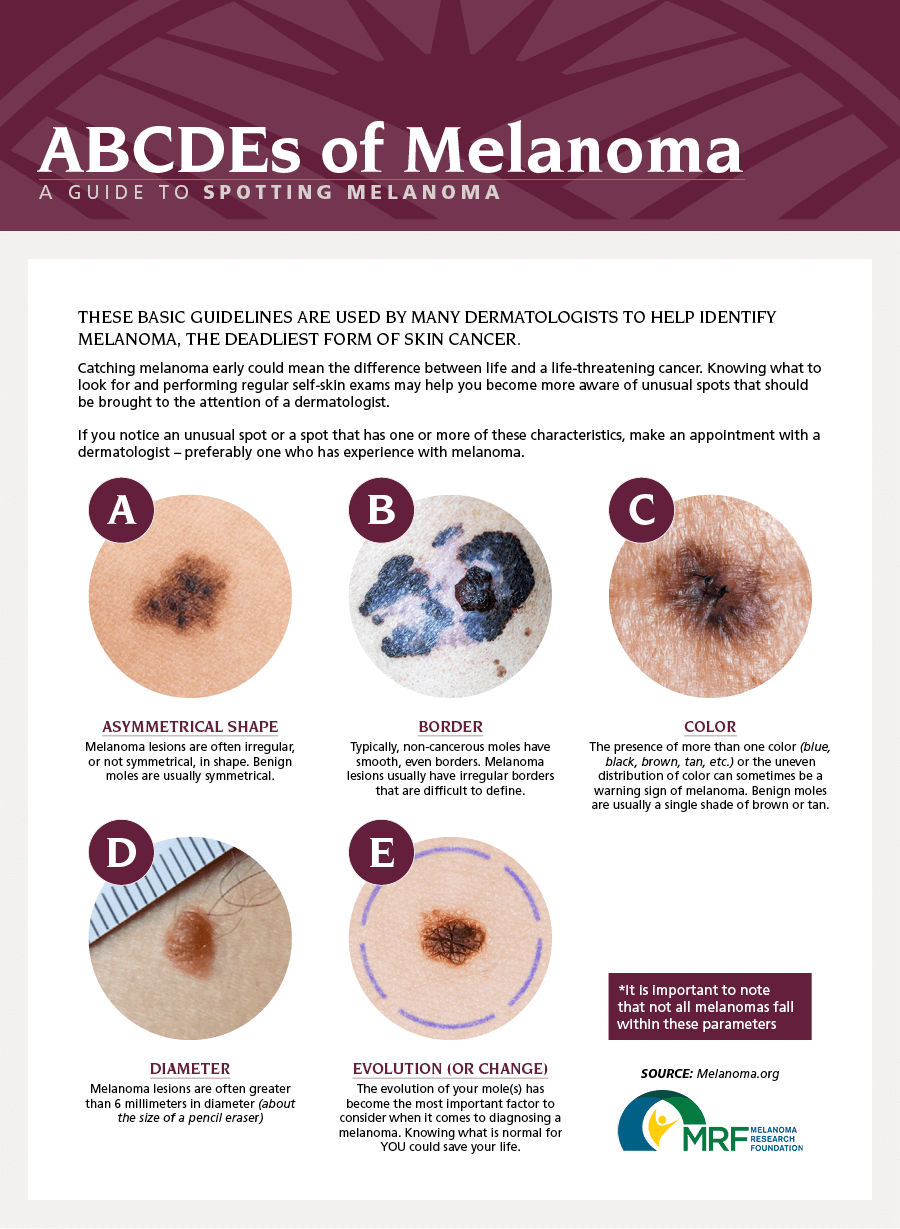Five Ways to Prevent the Most Commonly Diagnosed and Most Preventable Type of Cancer
- Category: Blog
- Posted On:
- Written By: Preeti Chaudhary, MD, Medical Oncologist, PVHMC

Did you know Pomona has an average of 284 sunny days per year? This means we are vulnerable to the dangerous effects of the sun for most of the year. But in the summer months, we tend to spend even more time outside—visiting the beach, a baseball game, playing a round of golf, or lounging by the pool. The first day of summer is quickly approaching. With more hours of daylight and temperatures rising, our skin’s exposure to the sun increases.
You or a friend, spouse, or other loved one may have spent years neglecting to use sunscreen when outdoors – or even using a tanning bed without considering the risks. Skin cancer is an undeniable health hazard for that behavior.
In fact, the American Academy of Dermatology estimates that approximately 9,500 people in the U.S. are diagnosed with skin cancer every day. One in five Americans (and nearly 50 percent of Americans who live to age 65) will have skin cancer at least once in their lifetime. In fact, more skin cancers are diagnosed in the U.S. each year than all other cancers combined—and that number is on the rise. Not only is skin cancer the most commonly diagnosed form of cancer, it’s the most preventable.
As we head into summer, I want to share some simple, yet valuable skin cancer prevention tips for you to keep in mind:
- Use sunscreen. Daily use of SPF15 or higher reduces your risk of melanoma by 50 percent! Look for broad-spectrum (UVA/UVB), water-resistant sunscreens, and apply one ounce (two tablespoons) 30 minutes before going outside, reapplying every two hours.
- Seek shade. The sun is most harmful between 10 a.m. and 4 p.m., so find your best shady spot if you must be outside during these hours.
- Cover up. Wear broad-brimmed hats, UV blocking sunglasses, protective clothing, whatever you need to protect your skin.
- Protect little ones. Newborns should always be kept out of the sun, and sunscreen should be applied on babies over the age of six months.
- Know your risk. People with lighter skin who always burn and do not tan easily are at greater risk for skin cancer. Those with darker skin are also vulnerable, so it is important to be cautious of the sun and have an annual skin cancer screening check by a doctor.
Sun exposure is inevitable, so it is essential to examine your skin head-to-toe once a month and see your physician yearly for a skin exam to look for signs of pre-skin cancer and early detection. Speak with your doctor right away if you notice changes in your skin such as any new growths, sores that don’t heal, a change in an old-growth or mole, or signs of melanoma known as the “ABCDEs of melanoma” (asymmetry, border, color, diameter, evolving).
Have you scheduled your regular skin screening yet? Now might just be the perfect time to do it!


[2].png)

